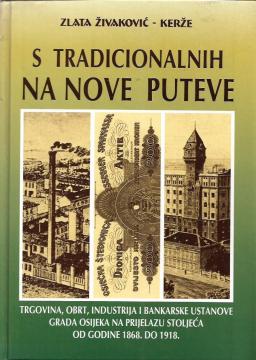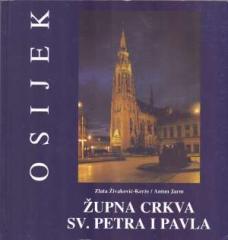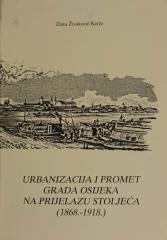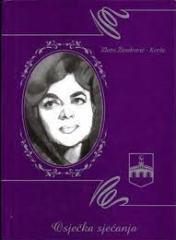
S tradicionalnih na nove puteve: Trgovina, obrt, industrija i bankarske ustanove grada Osijeka na prijelazu stoljeća od 1868. do 1918. godine
The book explores the economic development of Osijek after the Croatian-Hungarian Settlement until the end of World War I. Osijek, as an important center of Slavonia, experienced a significant economic boom thanks to its location on the Drava River and th
The book describes in detail the development of trade, crafts, industry and banking, with an emphasis on the role of the German and Jewish communities in economic life. Key industries include a brewery, a sugar factory and a foundry, while crafts such as blacksmithing and carpentry are modernizing. Banking institutions, such as the Osijek Savings Bank and the Trgovačka obrtna banka, support economic growth, financing entrepreneurship and infrastructure projects. Special attention is paid to the railway network and river transport, which enabled the expansion of trade. The author also analyzes social changes, including the strengthening of craft associations and the modernization of infrastructure, such as water supply and sewage. Based on archival sources, the book provides a comprehensive overview of the transformation of Osijek into an economic and cultural center, emphasizing the transition from traditional crafts to modern industry.
One copy is available





